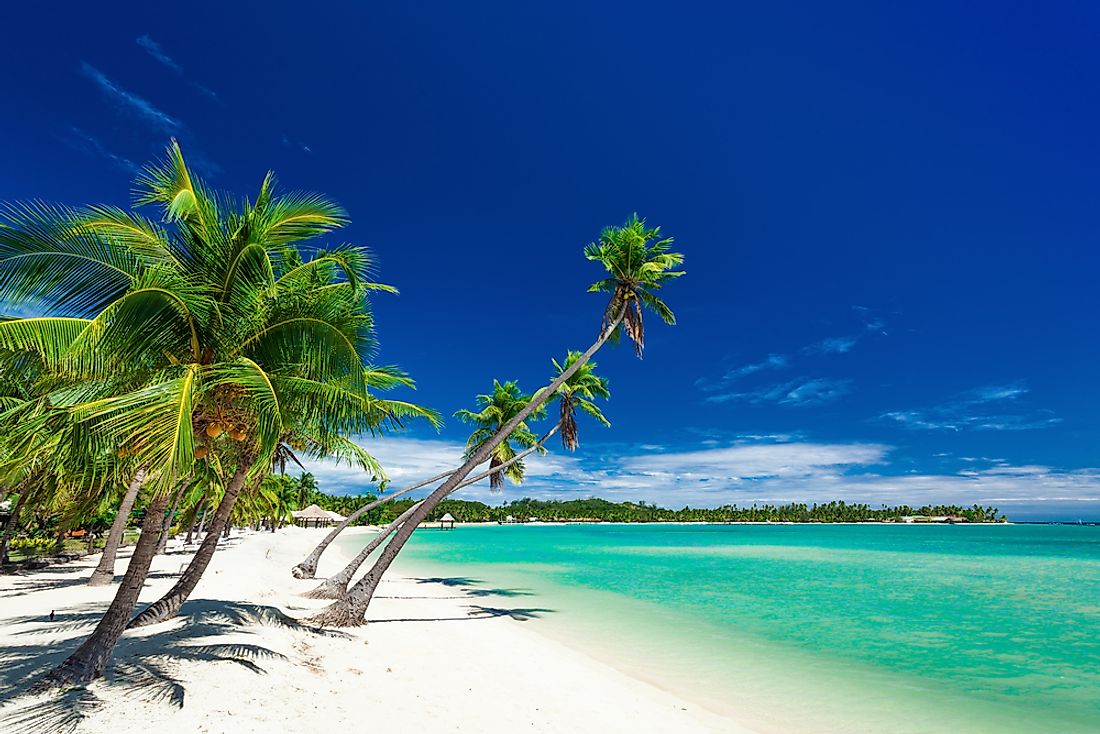What is a Cargo Cult?

The Earliest Examples Of Cargo Cults
A cargo cult is a religious movement usually practiced in remote island nations where believers link prosperity with the return of a savior. The history of cargo cults is traced to the late 19th century and early 20th century in the period when remote islands in the world's oceans were explored by European explorers. The earliest form of cargo cultism was observed during the Fijian Tuka movement of 1885 during British exploitative plantation colonialism of the islands. The Tuka Movement revolved around a local leader in Fiji known as Tuka who had experienced the harsh conditions brought by the British colonialists which caused widespread reminiscent of ancestral efficacy. Tuka taught his followers that for the island to regain its lost cultural glory, the residents of the island needed to return to their traditional beliefs and practices. Tuka was subsequently arrested and exiled by the British authorities who saw him as a rebel.
Cargo Cultism In Melanesia
The best studied and most famous example of cargo cultism occurred in Melanesia during the Second World War. Melanesia is the Pacific region which encompasses several islands including the Solomon Islands, Papua New Guinea, Fiji, and Vanuatu. During the Second World War, Japanese and Allied Forces engaged in the Pacific theater of war and set up bases in several islands in Melanesia. While the war continued, the forces received fresh supplies which were airdropped from military planes. The native population of these islands experienced a huge cultural shock since most of them had no prior contact with the outside world. The native Melanesians were astonished by the advanced technology possessed by their new visitors who often shared weapons, food, and clothing with them. The locals who had observed the forces conducting military drills and parades thought the activities were religious rituals which resulted in the arrival of the cargo. After the war had ended and the forces withdrew from the islands, the locals were left wondering where they would obtain the power to “summon” the cargo from the sky and began creating replicas of the military equipment used by the forces. A cargo cult formed which believed that a Western figure known as John Frum would be their savior who would return with the cargo. The cargo cult revolving around John Frum still exists to date despite numerous efforts from the US Navy to explain the source of the cargo. According to believers of the cult, John Frum was a white man from the US armed forces who appeared to Melanesian elders in the 1930s.
Other Examples Of Cargo Cults
Since the late 19th century, many forms of cargo cults have come up in many remote locations. Some of the few which still exist include the Prince Phillip Movement in Tanna Island where believers worship the Duke of Edinburgh, Prince Phillip. Another cargo cult is the Turaga movement which is practiced by natives of the Pentecost Island, Vanuatu. The Tom Navy Movement is another cargo cult practiced on Tanna Island and is believed to be based on a Mississippi-born serviceman, Tom Beatty.
Cargo Cults And Christianity
The advent of cargo cultism has brought a controversial explanation of the origin of Christianity. Soon after the Second World War, The US Navy embarked on a mission to convince believers of cargo cults to drop their beliefs. However, the natives were adamant in their beliefs comparing their beliefs to Christians who have been waiting for the coming of Christ for more than 2,000 years. This statement has been cited by several scholars when arguing on the origin of Christianity.











